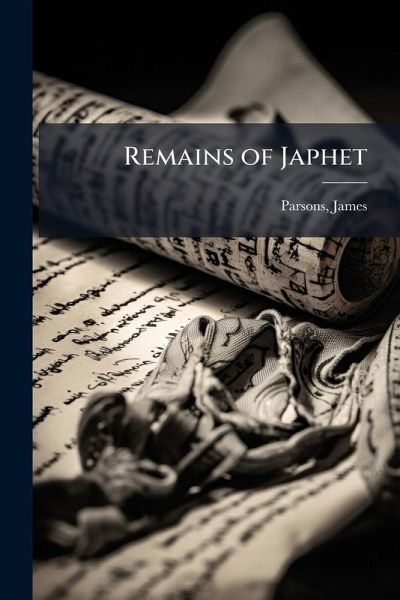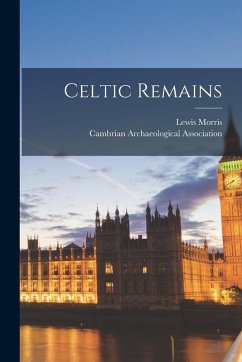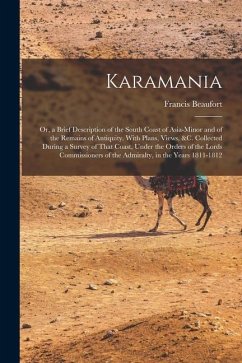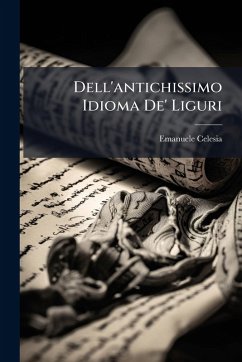
Remains of Japhet

PAYBACK Punkte
13 °P sammeln!
Remains of Japhet, by James Parsons, presents historical inquiries into the affinity and origin of the European languages. Published in 1766, this work delves into the comparative analysis of languages, exploring their potential shared ancestry and historical development. Parsons meticulously examines various European languages, seeking to uncover connections and common roots that might illuminate their origins. This book offers valuable insights into the early study of comparative linguistics and provides a fascinating glimpse into 18th-century theories about the relationships between differe...
Remains of Japhet, by James Parsons, presents historical inquiries into the affinity and origin of the European languages. Published in 1766, this work delves into the comparative analysis of languages, exploring their potential shared ancestry and historical development. Parsons meticulously examines various European languages, seeking to uncover connections and common roots that might illuminate their origins. This book offers valuable insights into the early study of comparative linguistics and provides a fascinating glimpse into 18th-century theories about the relationships between different cultures and languages. It remains a significant resource for those interested in the history of linguistic thought and the enduring quest to understand the origins of human communication. This work has been selected by scholars as being culturally important, and is part of the knowledge base of civilization as we know it. This work was reproduced from the original artifact, and remains as true to the original work as possible. Therefore, you will see the original copyright references, library stamps (as most of these works have been housed in our most important libraries around the world), and other notations in the work. This work is in the public domain in the United States of America, and possibly other nations. Within the United States, you may freely copy and distribute this work, as no entity (individual or corporate) has a copyright on the body of the work. As a reproduction of a historical artifact, this work may contain missing or blurred pages, poor pictures, errant marks, etc. Scholars believe, and we concur, that this work is important enough to be preserved, reproduced, and made generally available to the public. We appreciate your support of the preservation process, and thank you for being an important part of keeping this knowledge alive and relevant.












